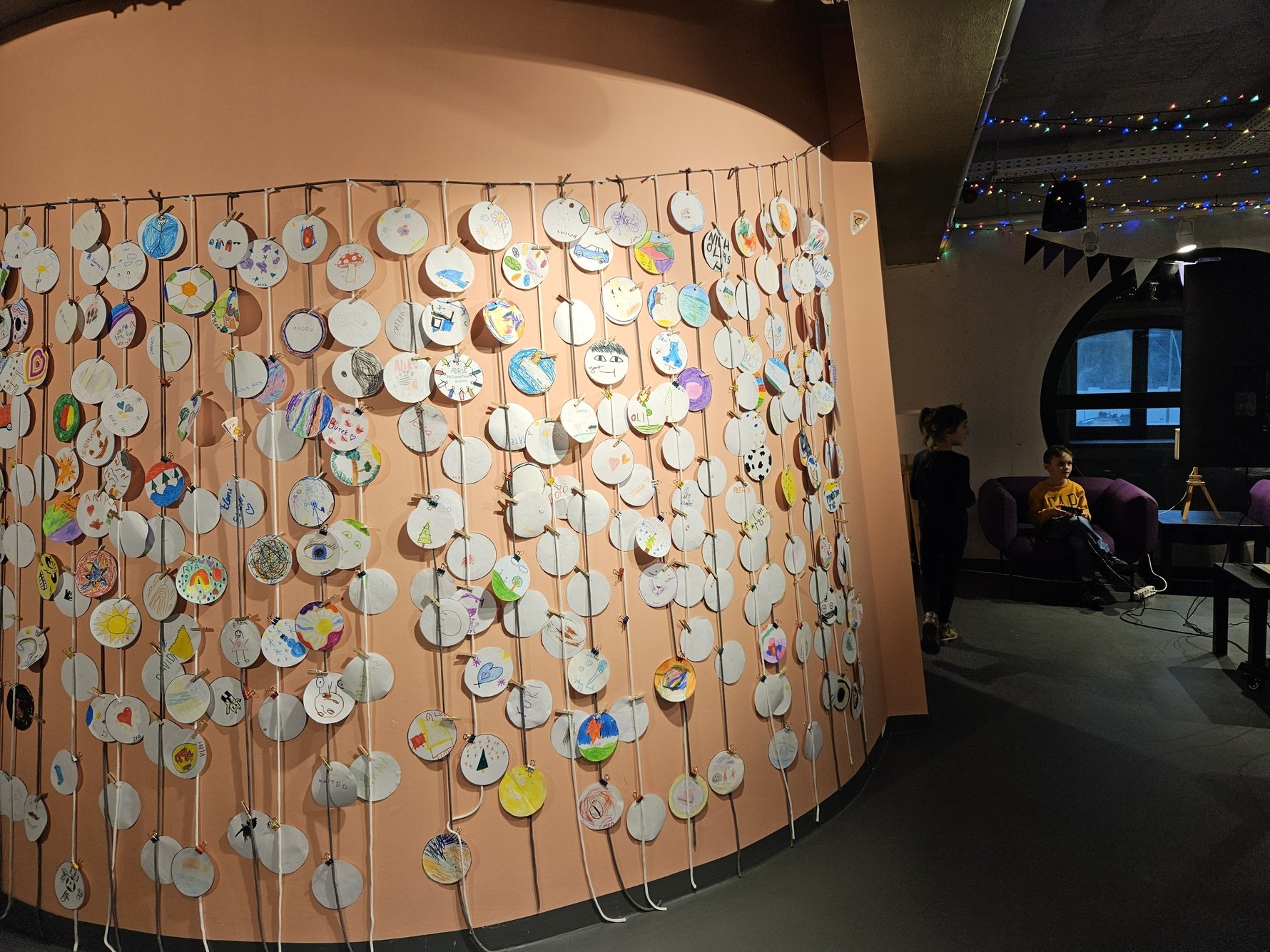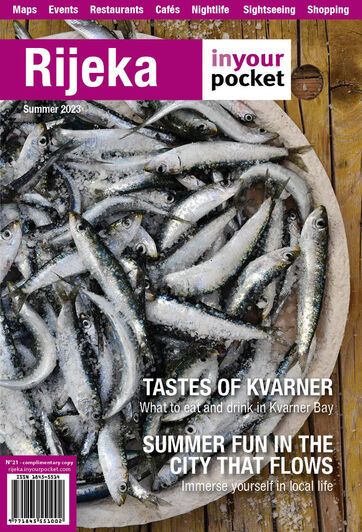A sugar refinery was built near Rijeka’s train station in 1754, by decree of Austrian Duchess Maria Theresa. It supplied the entire Austrian Empire with sugar (it was its biggest), and more than 600 workers were employed here. It was one of the first factories which kick-started the industrial development of the city.
After a fire in 1785, the building was rebuilt and redecorated in late Baroque and Rococo style, in order to serve as the administration building of a lucrative business. Interiors are decorated with unusual medallions with Chinese motifs and baroque and rococo elements. Luscious frescoes feature Arcadian landscapes, scenes from myth and legend, and some unexpectedly sensual scenes of bathing goddesses. Subsequently dubbed the “Sugar Palace”, the building did not retain this finery for long. The sugar refinery became a tobacco factory, subsequently expanding to become a major industrial site (known as the Benčić Complex) that produced tractors and other machinery. Beginning in 2014 a major renovation project set about transforming the Benčić Complex into a new cultural hub comprising contemporary art museum, city library and a new “Children’s House” containing resources for children and parents. The Sugar Palace was earmarked as the new site of the city museum’s permanent display, and the building’s murals and stucco work were painstakingly restored. Now home to a fabulous display of municipal history, the Sugar Palace was reopened in autumn 2020.Children's House
Children's House stimulates imagination and daydreaming, invites play and laughter. Films, concerts, plays, video games, 3D printing, robotics, scientific experiments, ecology and environmental protection, outdoor games and walks in the nature are just some of the programs offered here. The values behind the Children's House suggest that children growing up in a creative environment are able to develop their potential, express themselves better and eventually become creators of a better and brighter future.
The Modern and Contemporary Art Museum
Rijeka’s MMSU has taken on a whole new lease of life since moving into new premises in the Benčić complex, a group of former industrial buildings near the railway station. The complex is currently being transformed into a new art-and-culture cluster and the MMSU is the first major institution to move in, occupying former factory halls that retain their elegant iron pillars and cool grey floors. The space is ideally suited to the museum’s busy programme of exhibitions, which will involve rotating selections of the MMSU’s huge permanent collection as well as individual and group shows by leading international artists. Whether you like the displays or not, it’s the perfect place to contemplate Rijeka’s ongoing transformation into a post-industrial city of art and leisure.Rijeka's City Library
Rijeka’s City Library has a new setting, one imbued with modern facilities to complement its vast collection of literature. The library is now in a renovated tobacco processing and cigarette manufacturing factory, another doff of the cap to Rijeka’s long history of industry, marrying the city’s working-class fingernails with its undeniable love of words. The library takes its rightful place in Rijeka’s Benčić Art Quarter and has implemented a modern borrowing system and a central meeting place for discussion, events, workshops and more.City Museum of Rijeka
Part of the ongoing redevelopment of the Benčić complex, the permanent collection of the Rijeka City Museum proudly opened its doors in November 2020. It is exactly the kind of display the city needed, revealing the city’s character as well as telling you the key historical dates. Housed in the so-called “Sugar Palace”, the palatial eighteenth-century headquarters of the Rijeka sugar refinery, it certainly looks and feels like a major institution, with an imposing marble staircase leading up from the ticket desk to the display rooms. Beautifully restored interiors are on display on the second floor, with brightly coloured frescoes displaying mythical landscapes filled with frolicking sprites and nymphs. Putting in an early appearance in the main history exhibition is Karl VI, the Habsburg emperor who declared Rijeka a free royal port in 1719 and set it on its way to becoming a great harbour city. Rather than offering a date-by-date account of the city’s development from here onwards, however, the museum runs through the main themes of Rijeka’s life; notably as a major shipbuilding centre, and an exit point for nineteenth-century East-European emigrants who left in their thousands for the New World, One room is devoted to the story of the torpedo, conceived by local naval officer Blaž Lupis and English engineer Robert Whitehead, and tested for the first time by Whitehead in 1866. A section on Rijeka’s contribution to popular culture gives visitors the chance to listen to iconic, scene-defining artists such as legendary crooner Ivo Robić, punk firebrands Paraf and new-wave synth-pop duo Denis i Denis. There are a few gaps in the city’s story, but all in all it’s a beautifully conceived collection, and if you really want to understand the city on the Kvarner, then come here first.You can find events in the Benčić Art Quarter as well as other events in Rijeka here.





Comments